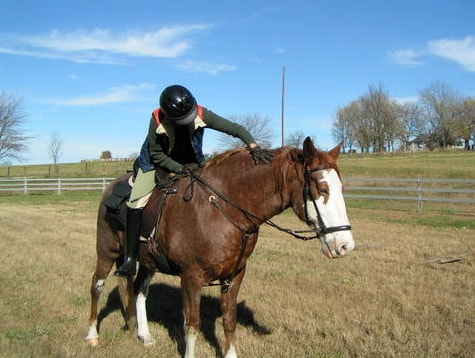| All IR/EMS horses have laminitis - Dr Eleanor Kellon March 2019 Dr Kellon suggests that adverse changes to the laminae may be taking place in every horse with above normal insulin concentrations, even when signs of pain are not evident. The insulin level at which changes take place in the laminae has not yet been established, other than research by Melody de Laat which showed some laminar pathology when insulin levels were kept at around 200 uIU/ml for 48 hours in healthy Standardbreds. |
She concludes by saying that controlling simple sugars and starch and calories, and providing good levels of other nutrients can be successful in controlling insulin.


 RSS Feed
RSS Feed